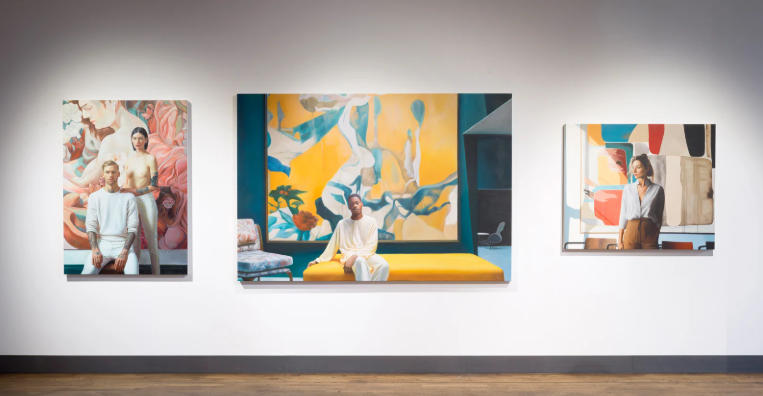The Evolution of Art: Exploring Trends from Classic to Contemporary
Art has always mirrored society, reflecting cultural shifts, technological advancements, and human expression. Understanding the evolution of art from classic to contemporary not only enriches our appreciation but also deepens our connection to the world around us. Let’s delve into the journey of art throughout history.
Classic Art: Foundations of Expression
Classic art primarily refers to the art produced during the ancient civilizations of Greece and Rome, known for their adherence to form, proportion, and beauty. Notable works from this era emphasize realism and idealized human forms, inspiring countless generations. The Greek focus on harmony and balance influenced European art for centuries, laying the groundwork for later movements. Understanding classic art offers insights into the values and beliefs of these early societies, encapsulated in their sculptures, architecture, and paintings that still resonate today.
The Renaissance: A Rebirth of Creativity
The Renaissance marked a pivotal moment in art history, characterized by a renewed interest in classical themes and the human experience. Artists like Leonardo da Vinci and Michelangelo pushed boundaries, integrating scientific knowledge and perspective with art to create more lifelike representations. This period emphasized individuality and the importance of human emotion, leading to masterpieces that celebrated the complexity of life. The impact of the Renaissance continues to inspire modern artists, showcasing the ongoing relationship between art and society, as well as the enduring quest for innovation and expression.
Contemporary Art: Breaking Boundaries
Contemporary art encompasses a wide range of styles and mediums, emerging from the mid-20th century to the present day. It reflects an increasingly diverse world and often challenges traditional notions of art and beauty. Today’s artists explore themes such as identity, technology, and social issues through various forms, including installations, digital art, and performance. This trend toward experimentation invites viewers to actively engage with art, fostering dialogue around its meaning and significance. The evolving nature of contemporary art encourages us to question norms and embrace creativity in diverse forms, making art accessible and relevant to all.
In conclusion, the evolution of art from classic to contemporary captures the essence of human experience and cultural transformation. By exploring these trends, we can better appreciate the significance of art in our lives. Whether you’re an art enthusiast or just starting your journey, I encourage you to delve deeper into the world of art and discover how it continues to shape and be shaped by society.

